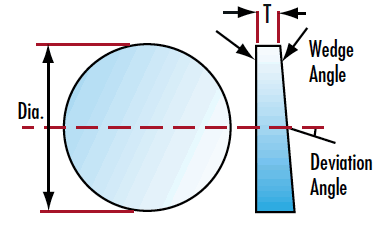When a bolt is submerged in the plating tank, the electrolyte can seep into small gaps and become difficult to remove completely. Over time, this trapped electrolyte may gradually flow out and come into contact with the electroplated layer. This interaction can lead to corrosion of the coating, causing damage to the protective layer and resulting in dark spots or patterns on the surface. As a result, the coating’s ability to protect the bolt from environmental factors is reduced, and its overall strength is compromised.
During the electro-galvanizing process, hydrogen evolution and hydrogen permeation are natural byproducts. Since the bolts are being plated, both hydrogen and zinc are deposited onto the cathode. Most of the hydrogen escapes as gas bubbles, but a portion remains in atomic form within the zinc coating. This hydrogen can then diffuse into the metal matrix along grain boundaries, leading to hydrogen embrittlement. The extent of hydrogen penetration is often more pronounced when the plating layer is thin or when there are existing defects in the coating.
The plating thickness on the inspected bolt reaches 1424 micrometers, which should theoretically provide sufficient protection. However, despite this thickness, a significant amount of hydrogen still penetrates the surface, causing discoloration that ranges from deep black to even purple-red in some areas. This indicates that the plating layer is not entirely pure. Impurities such as silicon, sulfur, and calcium can distort the crystal lattice, creating internal stresses and reducing the material’s toughness. Additionally, microscopic defects introduced during heat treatment further facilitate hydrogen diffusion.
These defects can lead to various types of fractures, including brittle cracks along grain boundaries, ductile fractures, and flattened regions. When a bolt has such flaws, it becomes a potential crack initiation site. Under mechanical stress, these cracks can propagate through areas where hydrogen has accumulated—such as grain boundaries or other imperfections—resulting in intergranular fracture and overall embrittlement of the material.
Wedge Prism
Wedge prism is an optical element having plane-inclined surfaces, usually the faces are inclined toward one another at very small angles. Wedges divert light toward their thicker portions.
Wedge prism is commonly used in laser system for eliminating the reflections from the second surface or for beam steering.circle wedge,square wedge,irregular wedge...Every materials,sizes,wedges and coatings may be available by custom orders. Standard and broadband antireflection coatings are available upon request.
                     
                                  optical wedges
Specification of our wedge prism as follow:
*Material:Â HK9L Grade A optical glass,Fused Silica JGS1,JGS2,JGS3, or other optical glass materials.
*Dimension Tolerance:+/-0.20mm to +0.01/-0.01mmÂ
*Thickness Tolerance:+/-0.20mm to +/-0.005mmÂ
*Surface Quality:80-50 to 10-5 Scratch/Dig
*Surface Flatness: at 632.8nm lambda to lambda /20 per 25mmÂ
*Clear Aperture:80% -- 100%Â
*Angle Tolerance:3-5 minutes to 3 second Â
*Chamfer:0.3+/-0.20mm *45degree
*No ChamferÂ
*Coating OptionalÂ
Wedge Prism,Fused Silica Wedge Prism,Jgs1 Wedge Prisms,N-Bk7 Wedge Prism
China Star Optics Technology Co.,Ltd. , https://www.csoptlens.com
